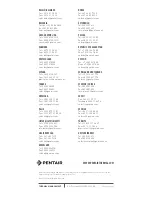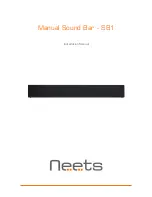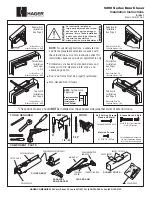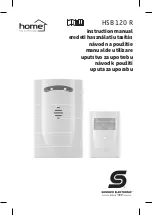
9
operaTion, mainTenanCe anD
repairs
Warning: heating cables are capable of reaching high temperatures
during operation and can cause burns when touched. avoid contact
when cables are powered. Thermally insulate the traced pipe or
equipment before energizing the cable. use only properly trained
personnel.
9.1 heating cable operation
Temperature exposure to the cable must be within the range
specified in the product literature. Exceeding the limitations will
shorten the service life and may permanently damage the heating
cable and/or connections.
Pipe insulation must be complete and dry to maintain the required
temperature.
9.2 inspection and maintenance
Visual inspection: heating cable exposed to ambient and pipe
insulation should be checked periodically to make sure, that no
mechanical damage has occurred.
Insulation testing: The system should be tested regularly. Check
in advance, whether hazardous area conditions allow insulation
testing. A hot work permit might be required.
When measuring the insulation resistance from the main supply
panel, the dielectric test is performed between
L (live) and PE (earth).
Functionality test of electrical protection: Circuit breaker and
residual current device should be tested at least once
a year or according to manufacturer’s instructions.
Functionality test of temperature control systems:
Depending on how essential temperature control is regarding
process requirements and how critical temperature limitation is
for accordance with hazardous area requirements, test should be
carried out at regular intervals.
The Installation Record Sheet on the following pages should be
completed during maintenance of each circuit in your system.
Freeze protection systems should be measured before the winter
months each year (see section 8).
Temperature maintenance systems should be tested at least
twice a year.
33












































